Mendel's Pea Experiment
By: HWC
Date Uploaded: 04/15/2020
Tags: homeworkclinic.com Homework Clinic HWC Mendel's Pea Experiment Sugar snap peas phenotypes flower color seed color seed shape pod color pod shape flower position plant height self fertilizing plant pollen fertilizing organs female stigma male anther keel petal cross fertilization
Sugar snap peas were common garden plants during Mendel's lifetime and many varieties undoubtedly grew in the abbey gardens. An avid gardener. this is where Mendel first made observations about pea plants. He noticed that certain characteristics of peas were passed from generation to generation. He noticed, for example, that pea plants with purple flowers produced other plants with purple flowers and that plants with rounded pods produced other plants with rounded pods. Then he began to set up experiments using peas because they exhibit these interesting and contrasting characteristics. Seven characteristics, each with two clearly distinguishable traits or phenotypes, were studied by Mendel. These were: 1) flower color: purple/white 2) seed color: yellow/green 3) seed shape: round/wrinkled 4) pod color: green/yellow 5) pod shape: round/constricted 6) flower position: axial/terminal 7) plant height: tall/dwarf. Another advantage of using the garden pea was its flower structure. The garden pea is a self-fertilizing plant because the flower is tightly closed at maturity and therefore does not allow foreign pollen from a different plant to fertilize the eggs. This feature means that the sperm and egg that form the seed come from the same parent, and thus the genetic makeup or genotype of the parents is identical. The flower structure of the pea insures that self-fertilization occurs. The fertilizing organs, the female stigma and the male anther, are tightly packed inside a modified petal called the keel petal. The anthers open within the flower bud and release pollen which coats the female stigma. No foreign pollen can enter thus enforcing self-fertilization. Mendel was able to control the parentage of the offspring because of the closed nature of the flower. It also made it possible for Mendel to perform artificial fertilizations in the following manner. The flower bud is opened before it is perfectly developed and the keel petal removed. Then each stamen (and anther) is removed with a forceps. Foreign pollen from another parental plant can then be dusted on the stigma to achieve cross-fertilization. In this way Mendel produced hybrids which illustrated how these seven traits were transmitted to the next generation. During a two year period of trial experiments, Mendel established that all parental characteristics such as tall plants or purple flowers, if the plants were allowed to self-fertilize, would transmit the dominant characteristic unchanged to the offspring. We now refer to these parental types as true-breeding or in Mendel's words, pure-breeding, parents. This generation is the parental or "P" generation.
Add To
You must login to add videos to your playlists.
Advertisement



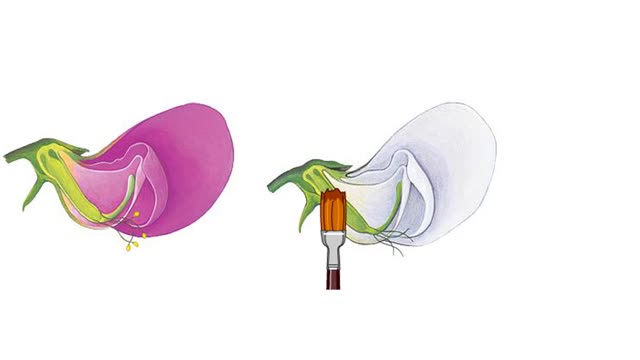
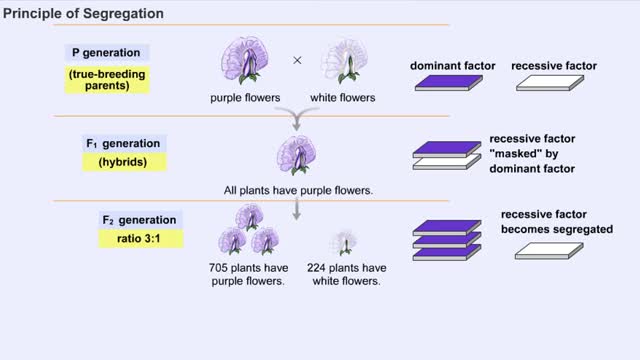
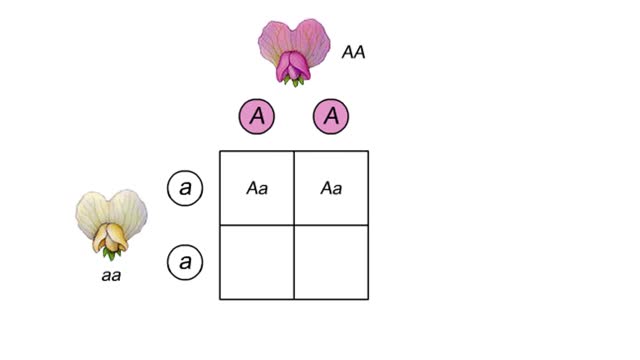
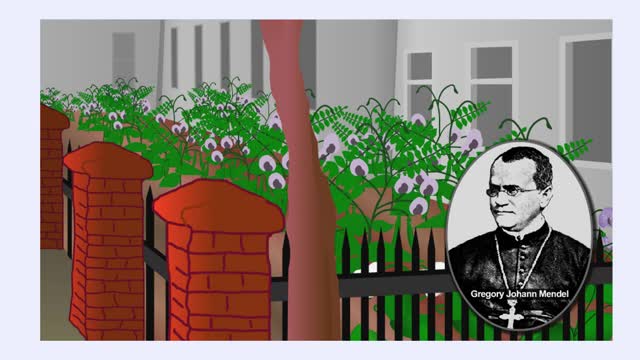
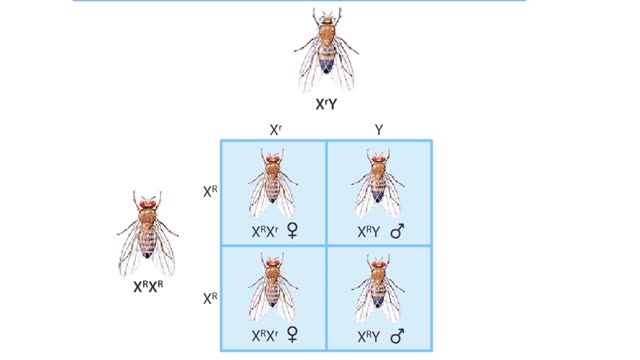


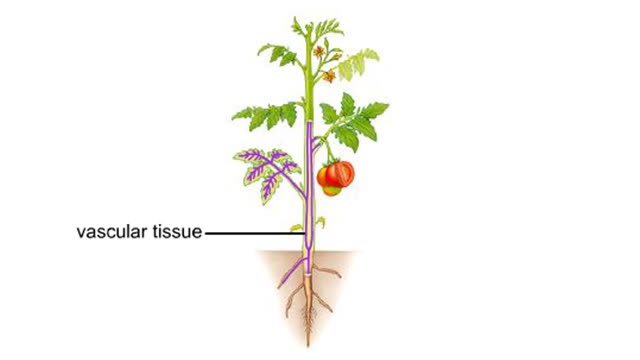
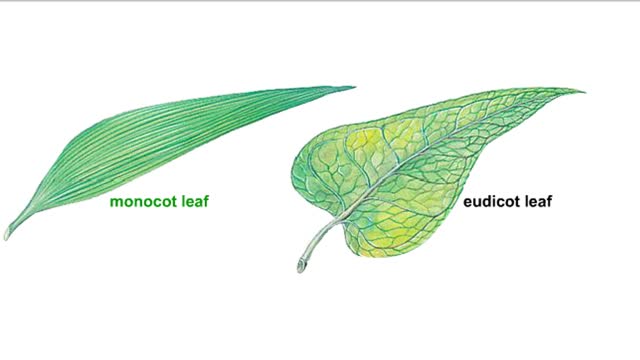
Comments
0 Comments total
Sign In to post comments.
No comments have been posted for this video yet.